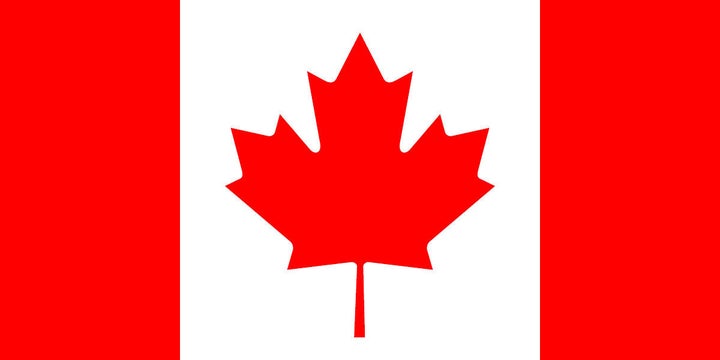
Could a scrappy web site have a shot at squeezing America's leading and most reliable supply of petroleum?
It's a long shot, but its organizers sure hope so. As Canadians go to the polls Tuesday to choose a new federal government, hundreds of thousands of green-leaning voters are logging on to voteforenvironment.ca. Drawing on current polling data and historic results, the site's sophisticated "prediction engine" estimates how the vote is likely to play out on Tuesday in each electoral district across the country.
The site clocked more than a million page views in its first 12 days of existence.
Canada has a multi-party system, and many progressive voters are concerned that they will split the vote among the three leading opposition parties, effectively keeping Prime Minister Stephen Harper in power. VoteForEnvironment suggests how to cast ballots "strategically" by recommending voters choose the candidate in their area that is most likely to unseat Harper's Conservatives from power.
Canadians do not vote directly for their head of state as their neighbors to the south do; rather, they elect Members of Parliament in voting districts known as "ridings;" the leader of the party that wins the most ridings forms the new government.
Harper has no credible climate change platform to speak of. His government advocates for "intensity-based" targets that tie heat-trapping carbon emissions to corporate growth.
Chief among those companies are the petroleum firms presently ripping into hundreds of square miles of northern Alberta. The oil sands megaprojects are keeping America's gas pumps merrily dinging away, but at a steep atmospheric price; they represent one of North America's leading single sources of global-warming emissions. Thanks to the amount of energy needed to wring the petroleum from the sand and muck in massive facilities called "upgraders," the projects will produce somewhere around 54 megatons of equivalent carbon dioxide in the coming year.
According to the U.S. Department of Energy, last year Canada supplied the United States with about 896 million barrels of oil. For comparison, Saudi Arabia contributed 542 million barrels.
All three of English-speaking Canada's leading opposition parties -- the New Democrats, the Liberals and the Green Party -- have campaigned on hard carbon-reduction targets, achieved either through a cap-and-trade or a carbon tax scheme. Should one of these parties form a government, their policies would inevitably mean revisiting the breakneck growth of excavation and emissions in northern Alberta.
Thanks largely to vote-splitting, the latest polls show Harper's Conservatives projected to win another minority government on Tuesday.
Whether voteforenvironment makes a dent in this outcome remains to be seen, but one thing we know for sure: On Tuesday, all eyes in Washington will, at least for a moment, turn north.
James Glave is the author of Almost Green: How I Saved 1/6th of a Billionth of the Planet (Skyhorse Publishing, $25). He blogs at glave.com.